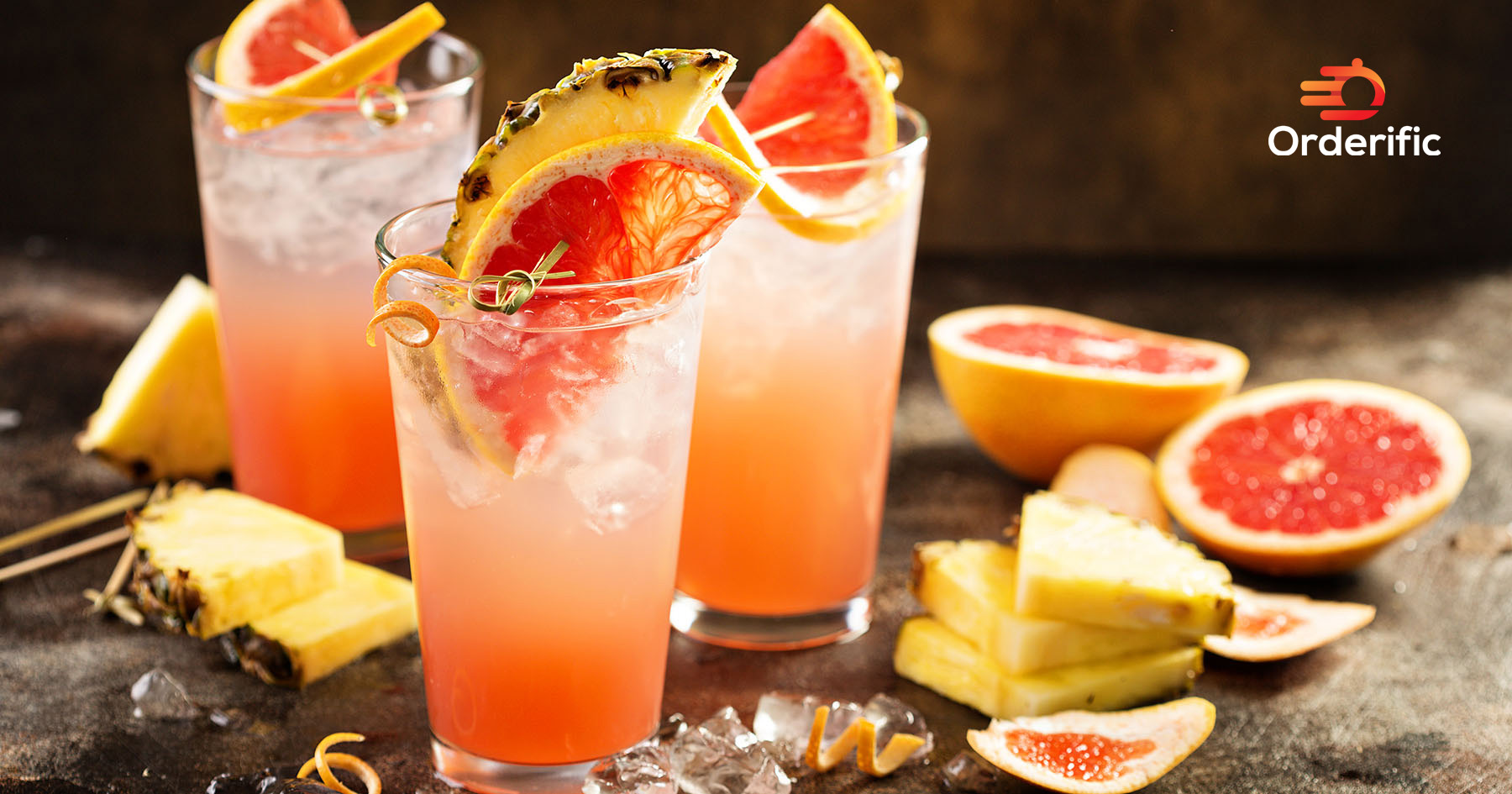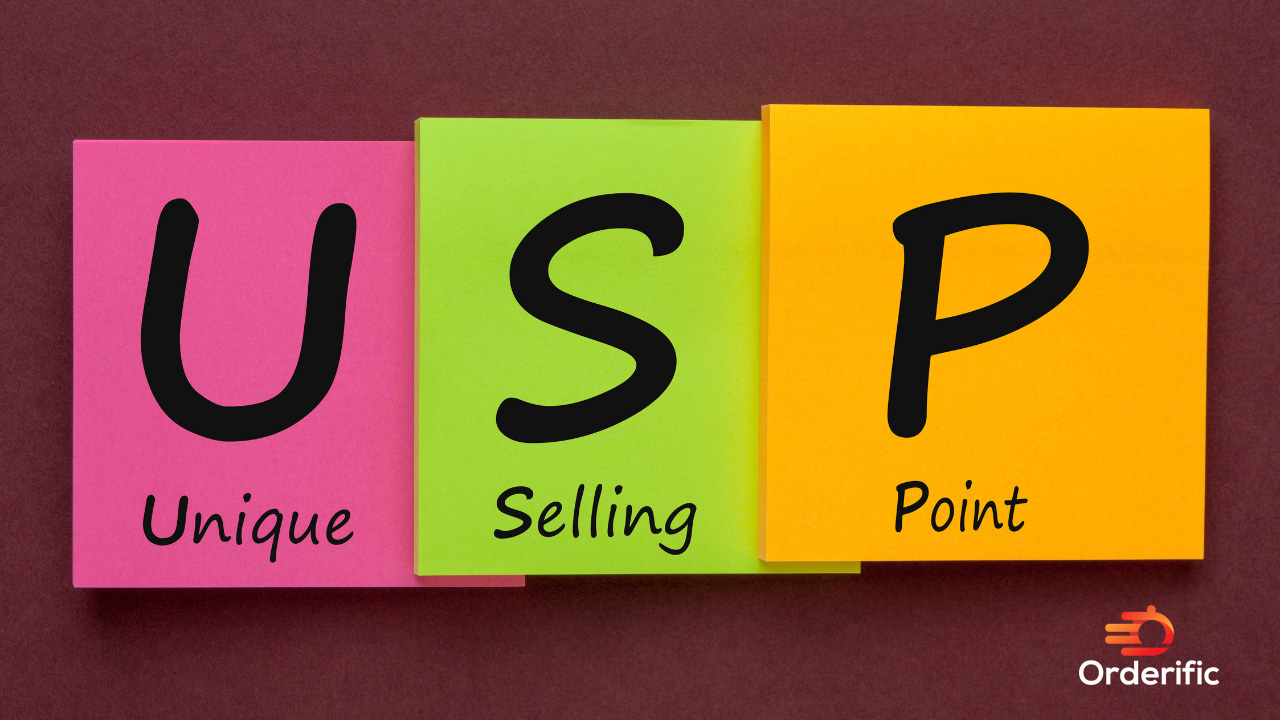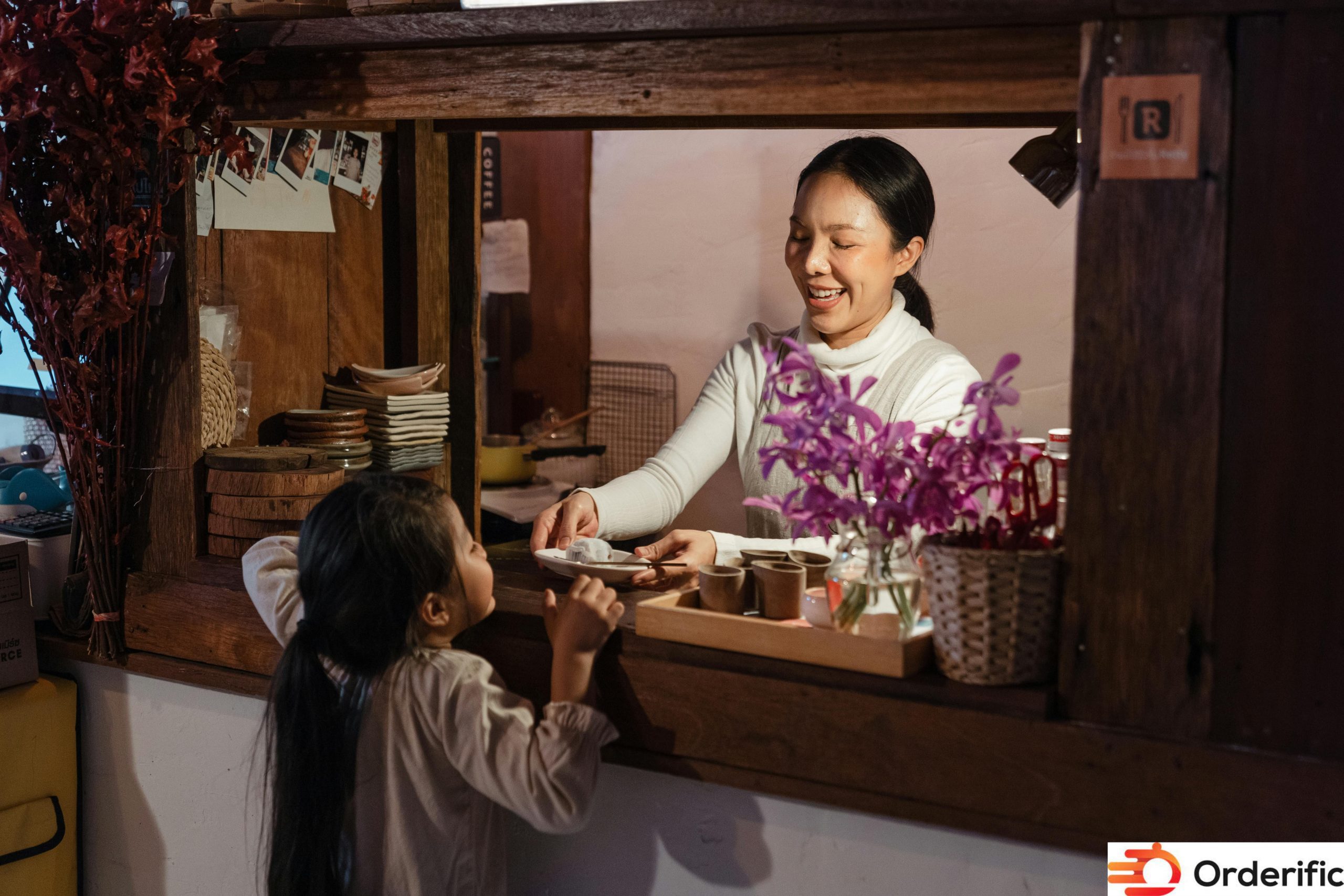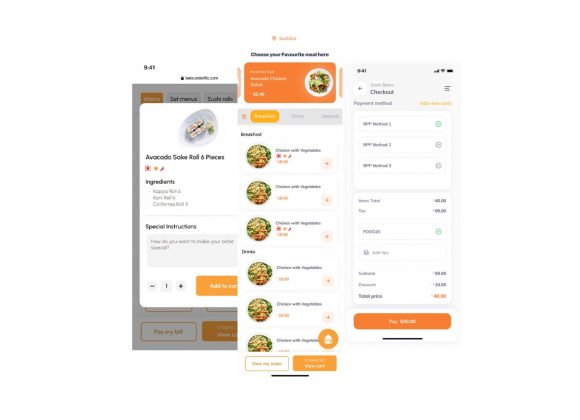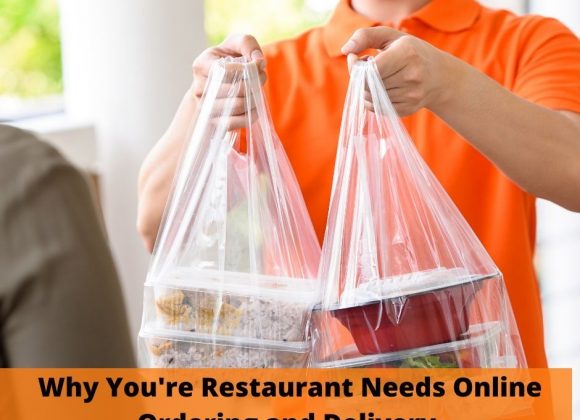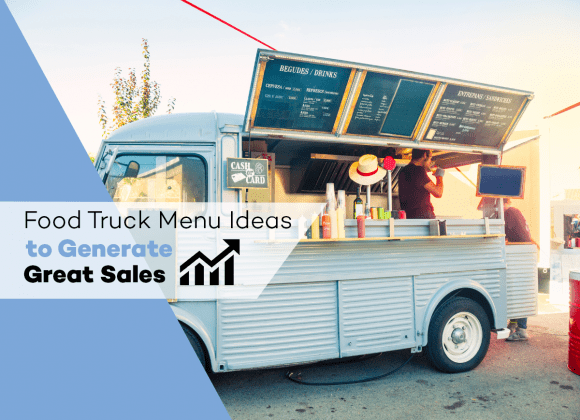Food Inflation is among one of the biggest problem right now due to the current inflation rates we are experiencing globally. The price increases dont only hit families where it hurts, but it also affects restauranteurs who depend on their food costs being below 26% of their overall prime costs.
While individually we cannot control the market. We can control how we respond to the changes. You don’t want food inflation to take the wind out of your sails, so you need to make decisions that will enable you to maintain profitability throughout the inflation cycle.
If you’re looking at your rising prime costs and wondering how you’re going to weather the storm keep reading this post. Here are some tips that will help you navigate these dangerously shallow waters.

What is Food Inflation?
If you don’t know what food Inflation is it’s a term that defines the continuous rise in the price of food. Which is always higher than the general inflation level.
What Is The Annual Rate Of Food Inflation Now Compared to the Past?
The annual rate of inflation has risen to 8.6% in the last fiscal year according to the US Department Labor Data that was published on June 10, 2022. The expected rate of inflation has not risen this high since 1981 when it rose to only 8.3%. Since 2012 the rate of inflation has ranged between .7% and 2.3%. So it has been 40 years since we’ve seen prices springboard into the oblivion.
How Does Food Inflation Affect Customer Spending?
Take home food costs have risen upwards of 11.6% this year. Customers don’t cut restaurant spending all together. They will favor spending less than giving up on going out to eat all together.
You can use this to your advantage by:
- Taking expensive dishes off the menu
If you serve lobster tails or lobster risotto and the cost of lobster has driven down the margins to almost nothing, it’s not worth stocking lobsters. Chances are your customers are feeling the same pinch and will be less likely to order lobster anyway.
- Shopping around ingredients
Be a smarter shopper. If you only use one or two suppliers for your ingredients there is no way to know whether or not you’re getting the best deal. You can either call around or ask other restaurant owners on Facebook who they buy from or use food costing software.
- Swapping out less expensive ingredients for pricier ones.
Do you use saffron to make lobster risotto? If so swap it out for a similar ingredient like ground turmeric which will give you that bright yellow color.
- Reduce portion size
Skimflation is a commonly used practice that companies will do instead of increasing prices. They give you less for the same price. So if you see your favorite dish soap in a new bottle, chances are you’re getting a few ounces less for the same price. You can do the same as a restaurant owner. If you normally provide a 5 ounce steak with ¾ cup of rice. Cut it down to a 4.5 ounce steak and a half cup of rice. Most of the time customers don’t notice.
- Generate new affordable menu options
Create a trendy new menu with less expensive items like:
- Summer Pasta Specials
- Meatless Monday Specials
- Taco Tuesdays
The rising cost that keeps people out of restaurants the most is gas. When gas prices go up customers are less likely to go out to eat.
- You can mitigate this by offering dine out incentives like 5% off all menu items ordered as take out.

Cut Labor Costs With A POS System to Make up for Food Inflation
Running a restaurant business is way too complicated to be using manual systems. You need a software system that will allow you to better track your finances so you can make course corrections in real time. Some features that Orderific has that will help you manage your inventory are:
Inventory Automation:
Orderific has a feature that tracks how much inventory you have by reducing the amount of each item used in each plate sold. So you’ll always have up to date information on how much of each item you have left.
Invoices that are automated :
Automated invoices make sure that you have up to the minute pricing data.
Automated Supplier Purchases
When inventory hits a low threshold that you set, Orderific’s software will automatically trigger a purchase order to your suppliers. So you’ll never have to worry about running out of something.
You can also use a POS system to help limit your labor costs by using a QR code based digital menu that allows customers to seat themselves, open the menu, place their order and pay the bill by themselves. Read more about how to reduce your labor costs in this post.
Foodflation Fighting Takeaways
- It is possible to maintain profit even as foodflation sky rockets as a result to inflation.
- Gas prices are the biggest deterrent
- Using a POS system will help you cut your prime costs.
Get your own restaurant software to help fight foodflation
If you’re interested in learning how Orderific can help you cut food costs please click the link below to book a demo of our software. Our call center is open 24/7 and our staff is multilingual. We will even create a free QR Code Digital Menu for you to keep for the lifetime of your restaurant.
FAQs
How can restaurants deal with inflation?
Restaurants can deal with inflation by adjusting menu prices, optimizing inventory management, and seeking cost-effective sourcing for ingredients.
Are restaurants losing business because of inflation?
Inflation can impact restaurant profitability if costs rise significantly, potentially leading to higher menu prices.
What can a restaurant do to ensure profitability?
To ensure profitability, restaurants can control costs, maintain quality, offer value-driven menu options, and implement efficient operational practices.
Does inflation affect restaurants?
Yes, inflation affects restaurants as it can increase operating costs for ingredients, labor, and utilities, potentially affecting pricing and profit margins.



